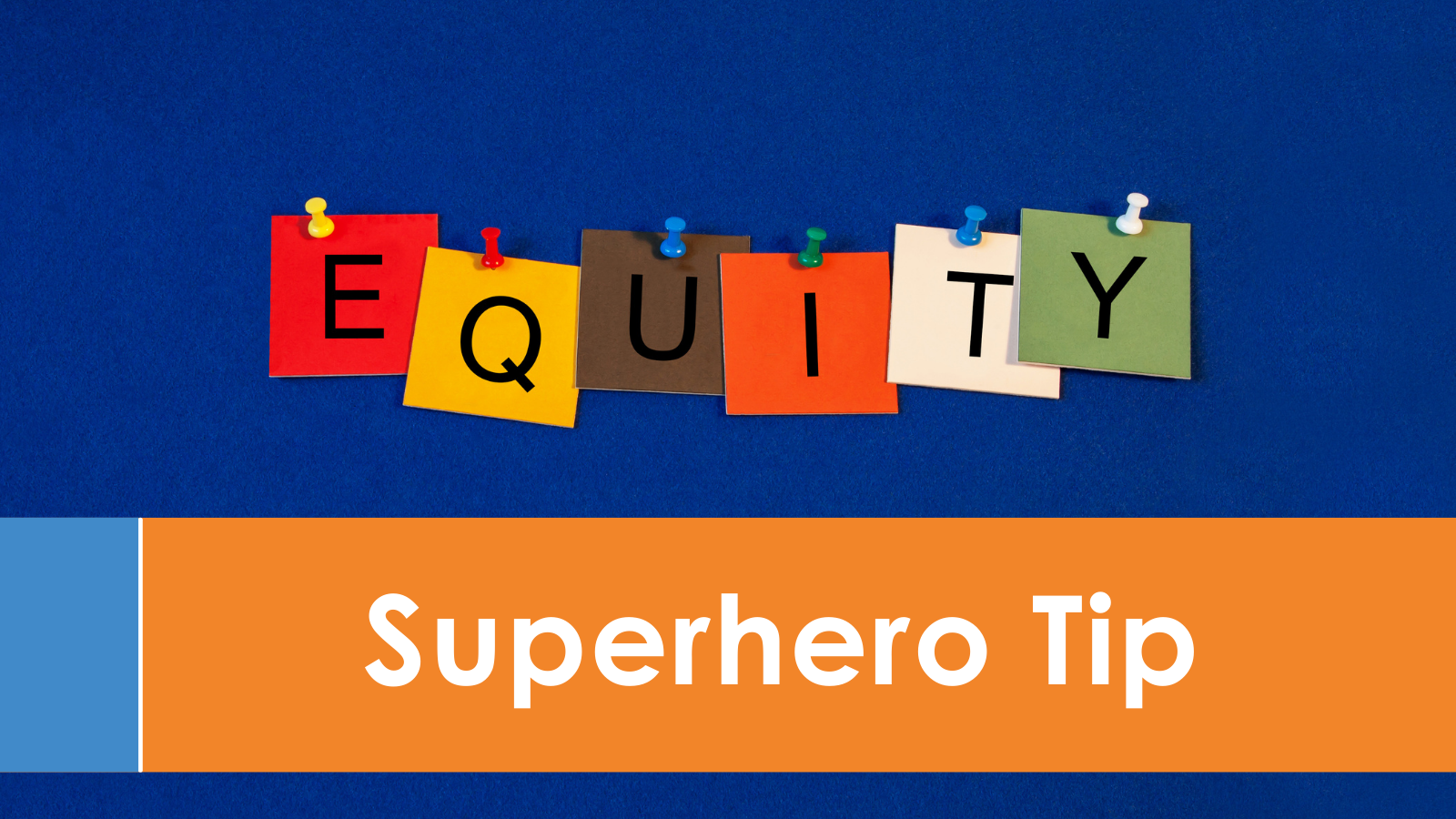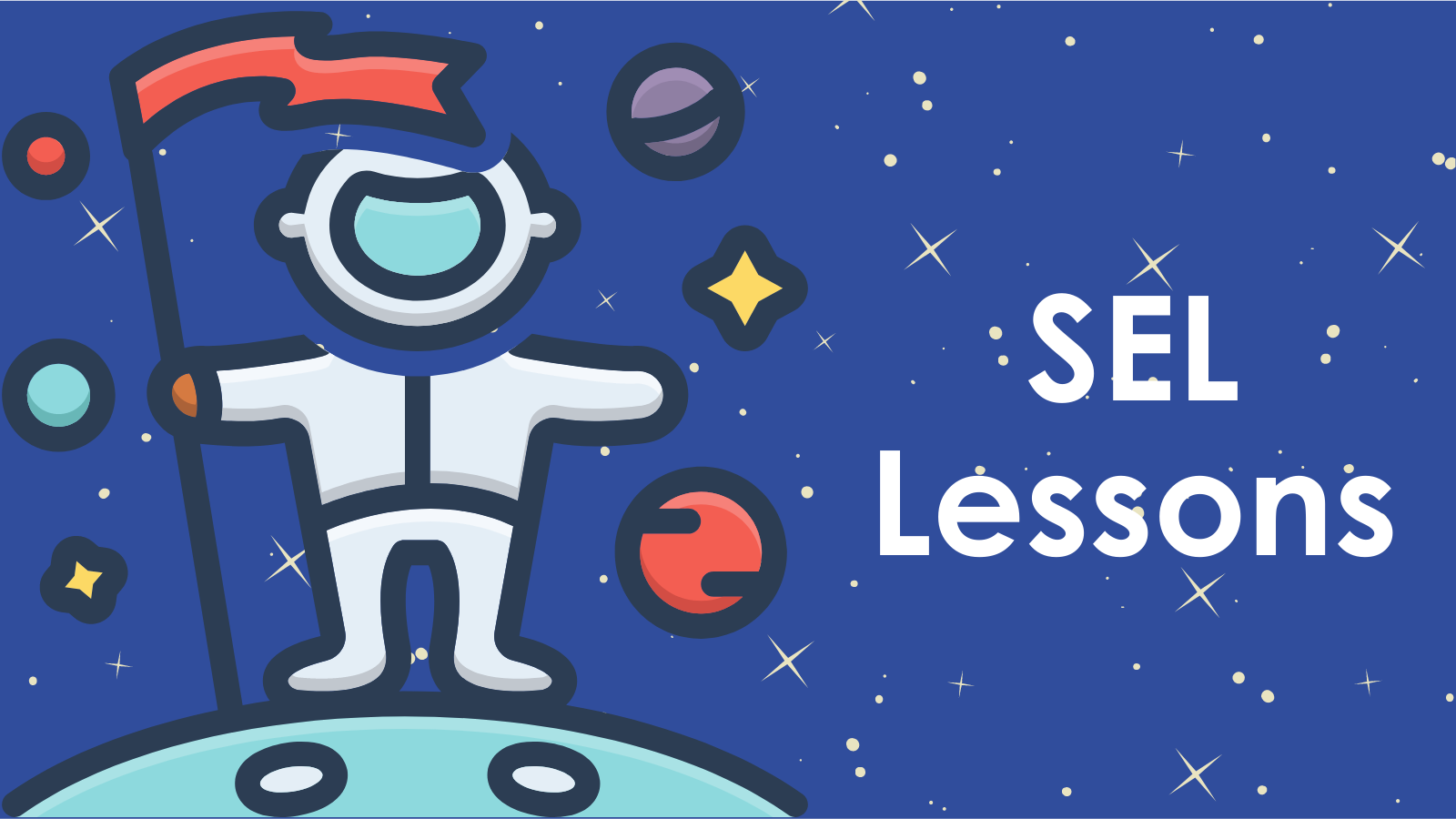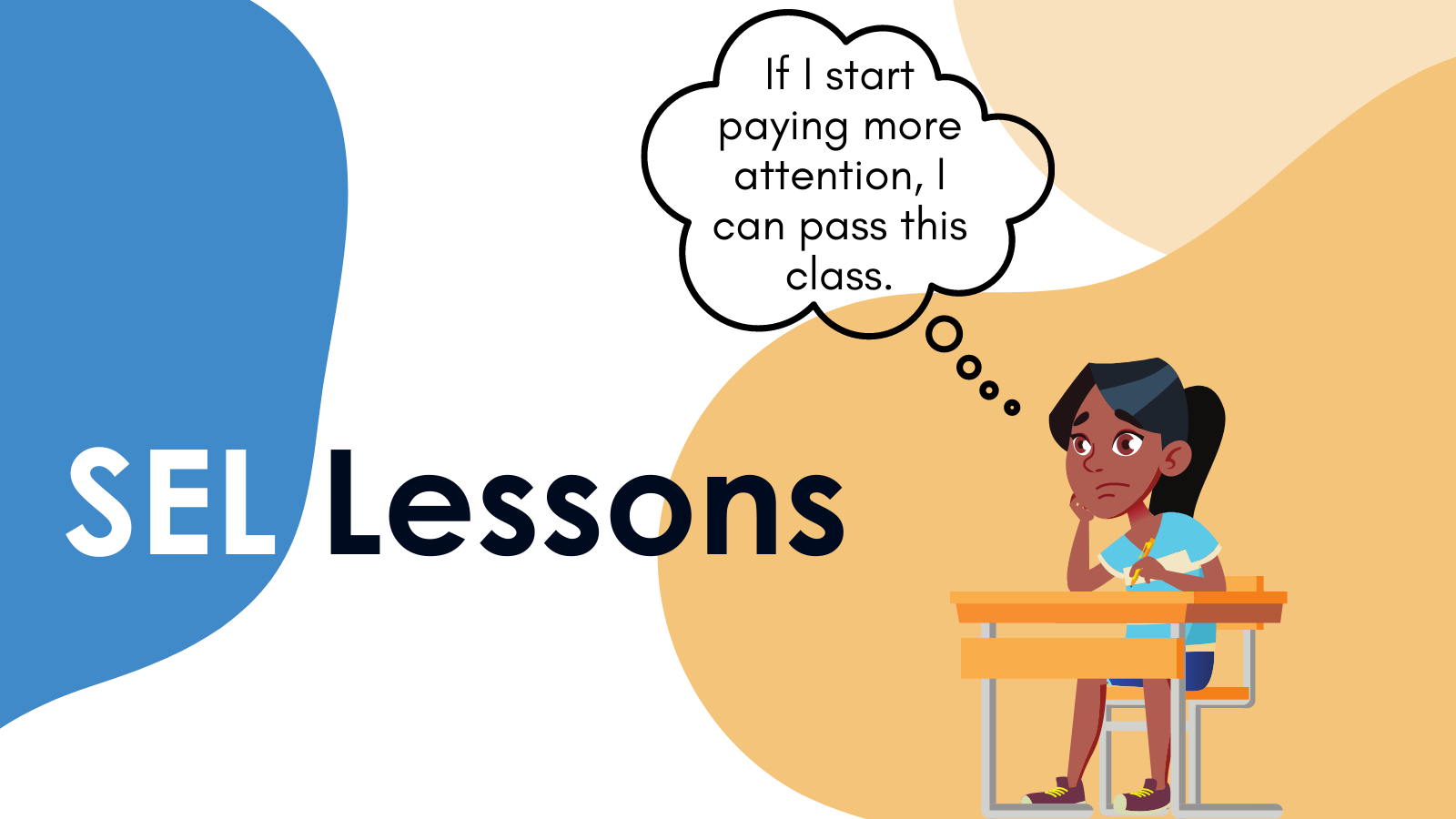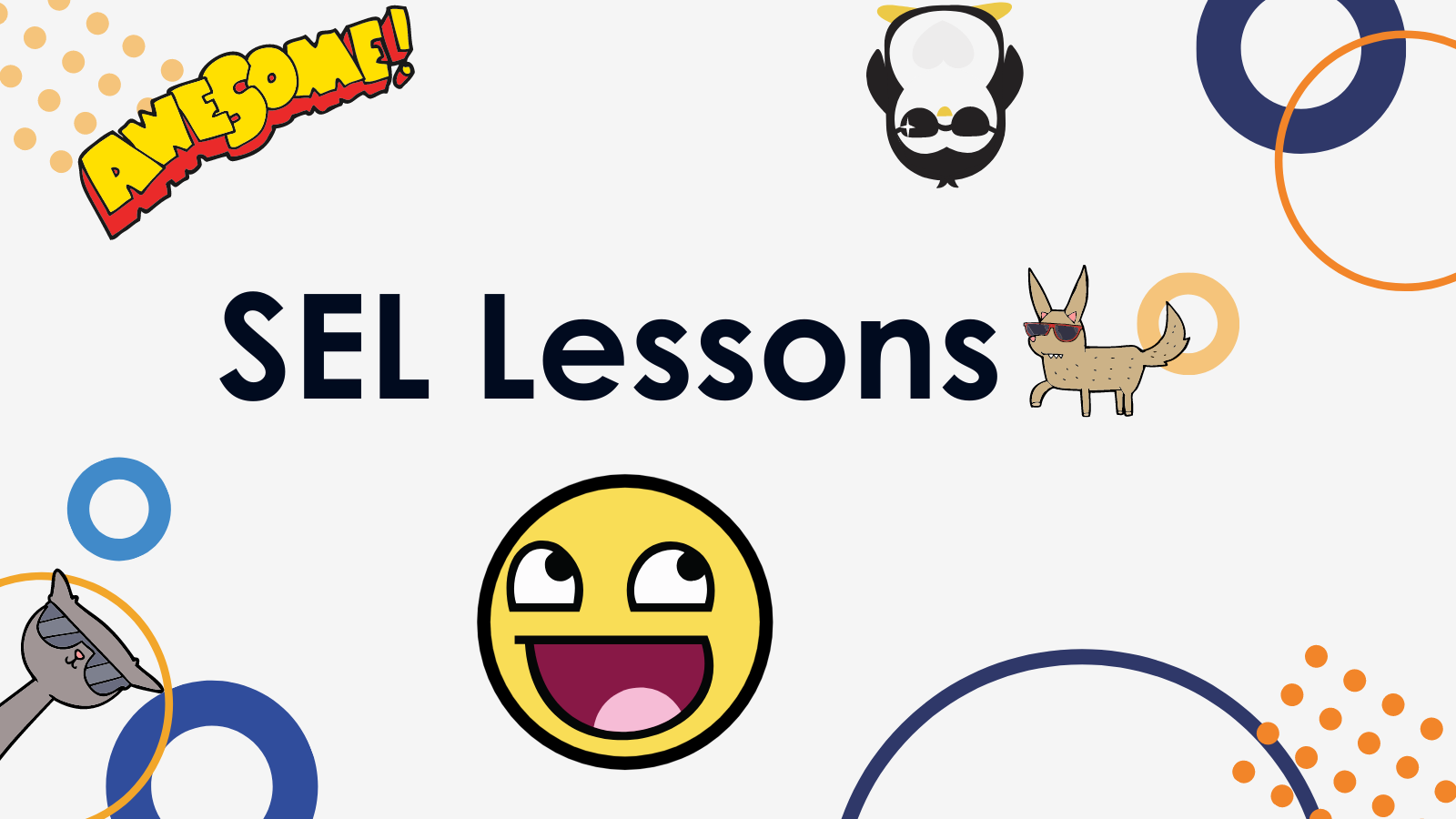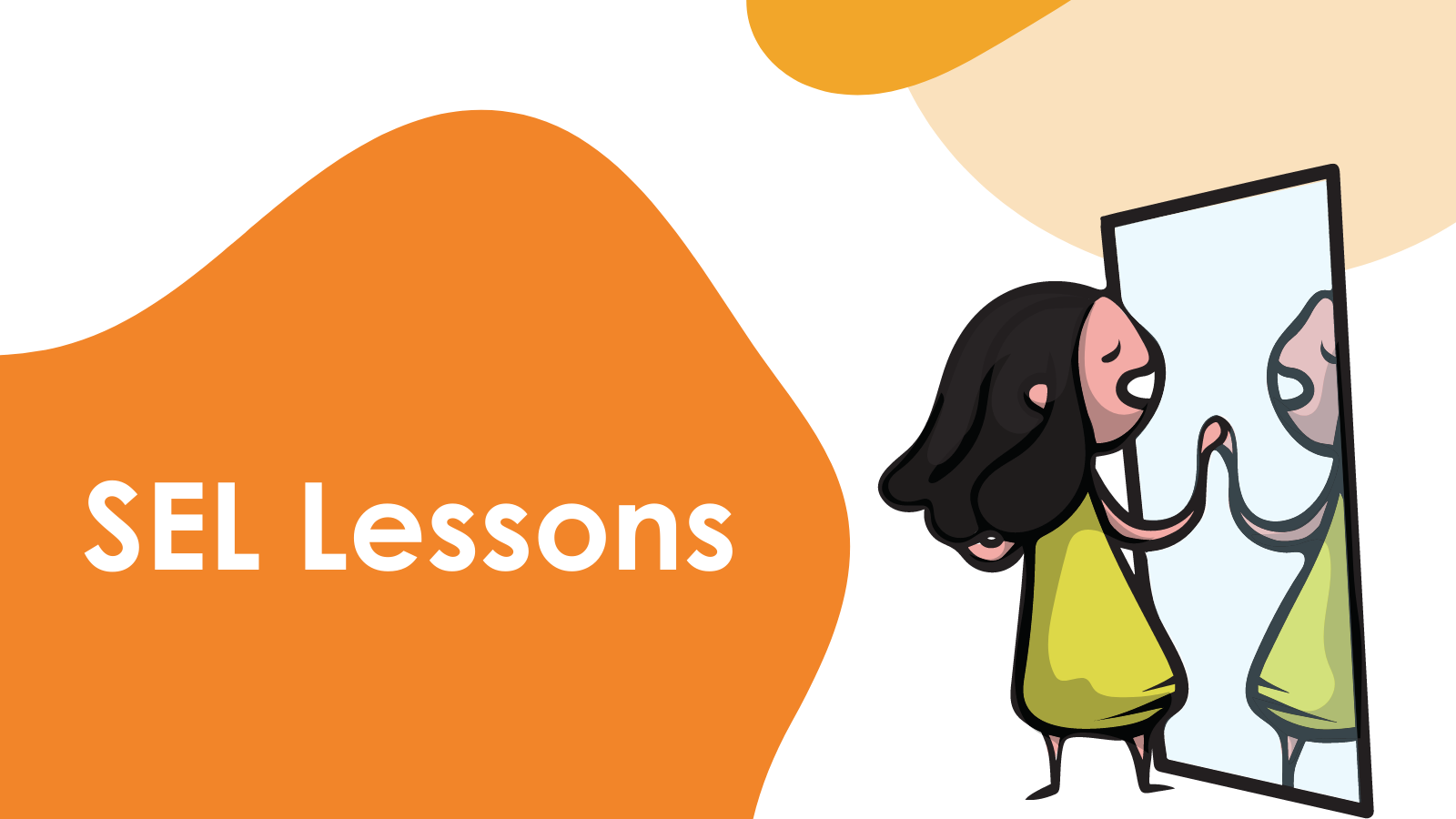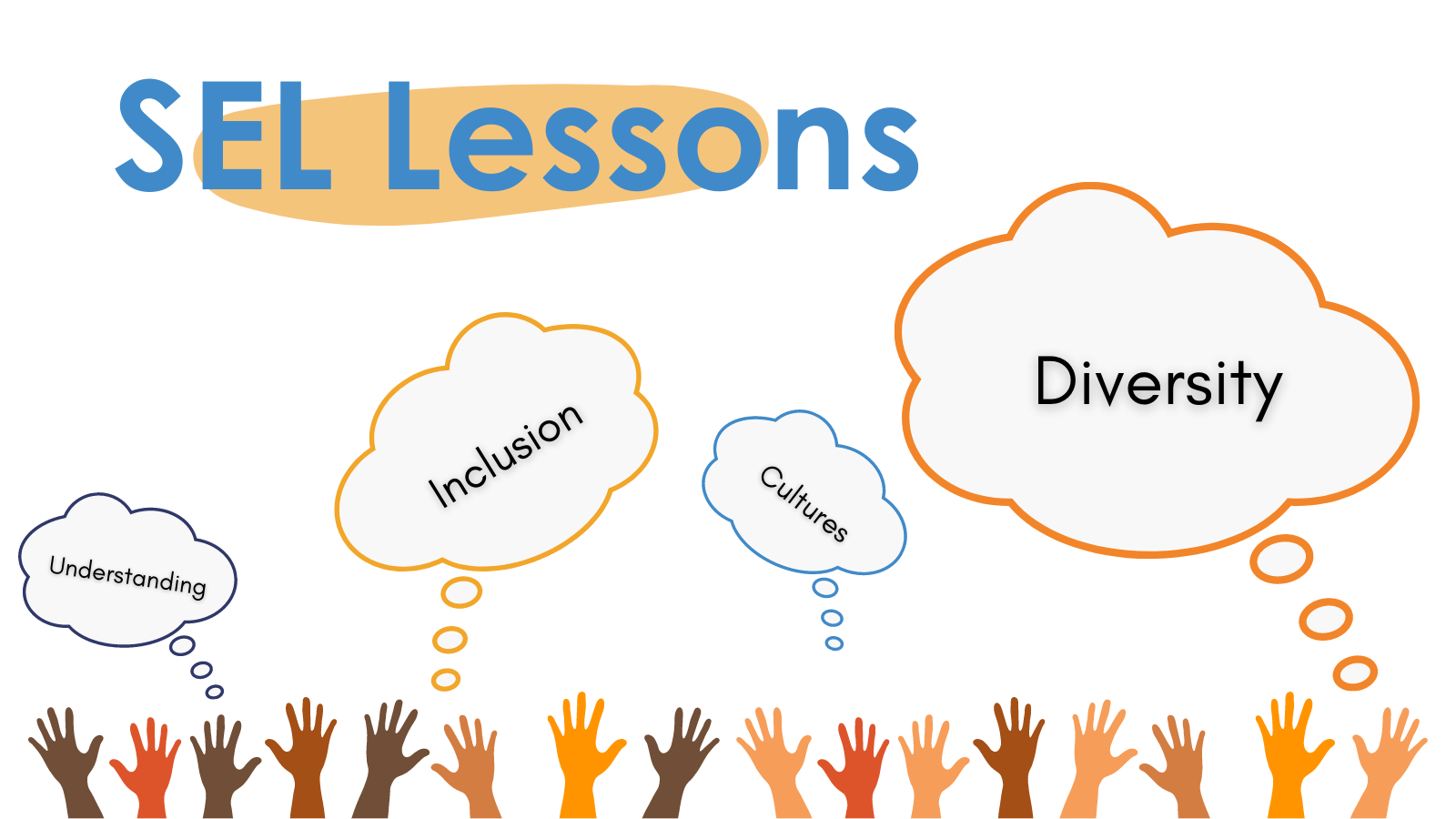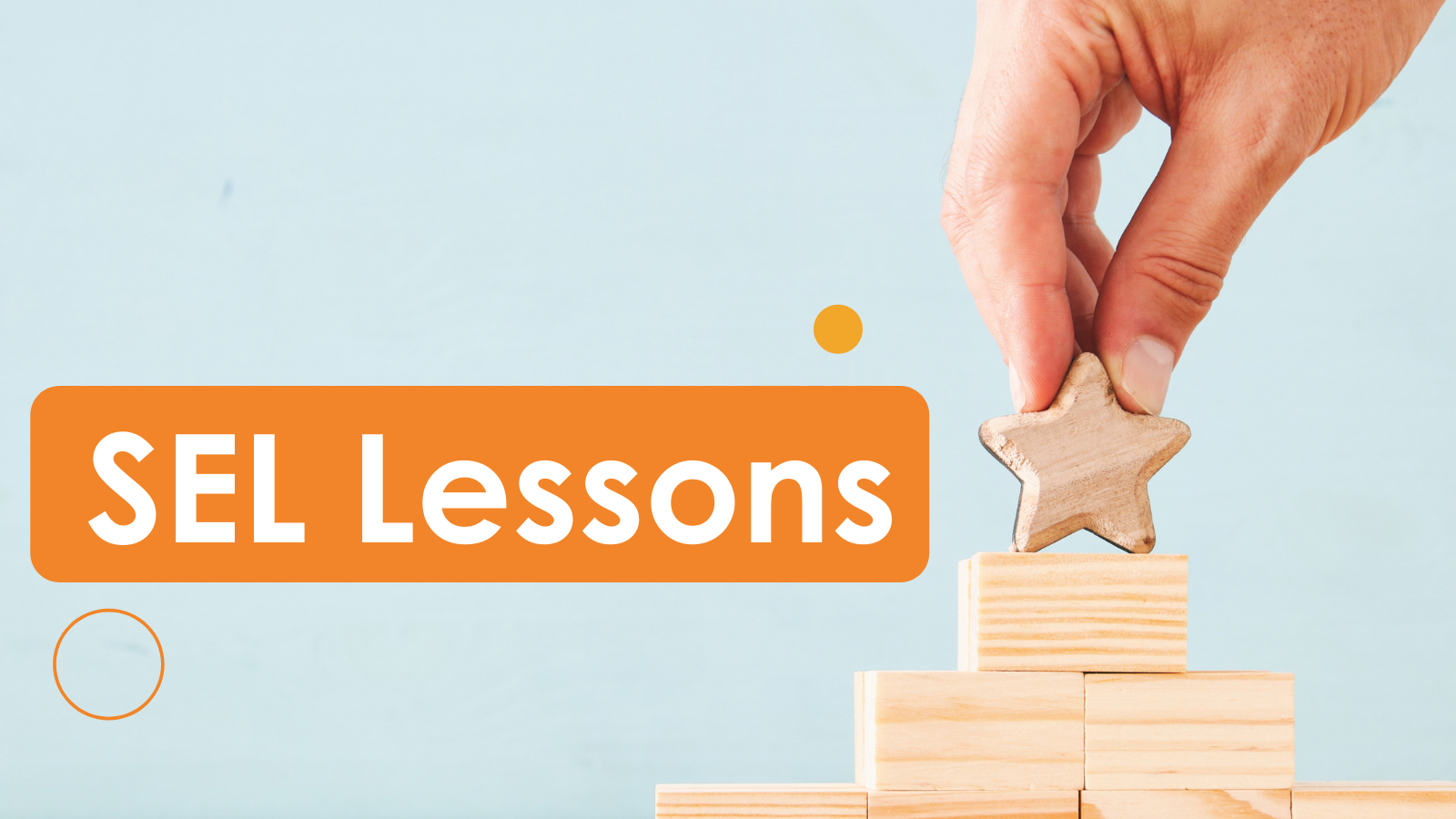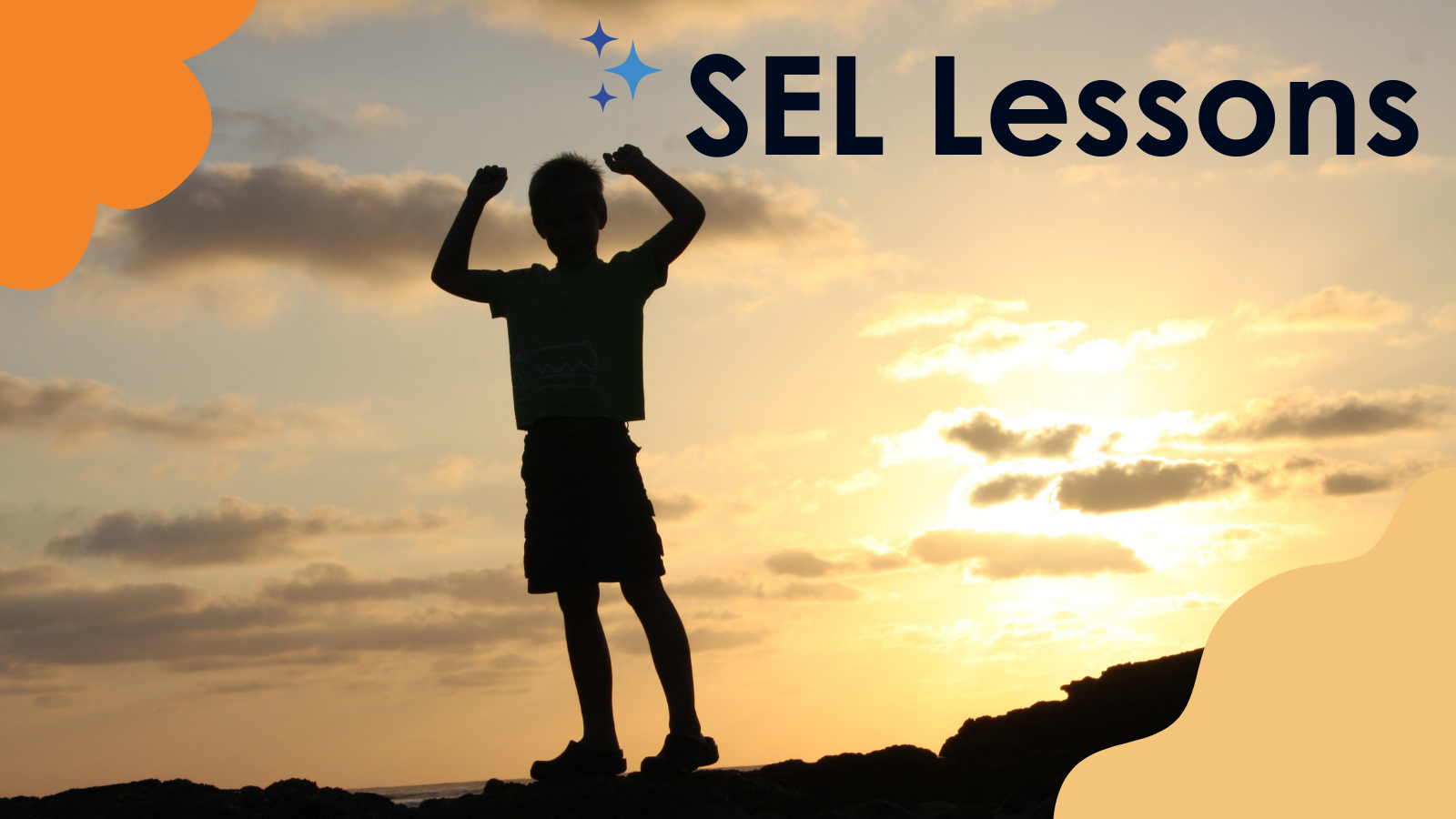Equitable Systems Improvement & Access
Tips from our C5 Intervention Program & C5 Summer Institute
This final superhero tip is focusing on Equitable Systems Improvement, which is one of our Core Five Components from our C5 Intervention Program. Our focus in this tip will narrow on ensuring every student has access.

Our consultants have experience working in both general and special education classrooms with students who faced a variety of challenges. In programs, the goal is to make sure students have access to the curriculum and environment. Some days this can feel more challenging than others and it's because providing access has many meanings. There is access to the school, to the learning environment, to the curriculum,and the ability to demonstrate knowledge and new learning.
When we think of access, for many of us, the familiar picture of the students standing at the ballfield comes to mind.

- The photo on the left has every child receiving the same size box no matter what their needs are, better known as equal.
- Then the right side shows the boxes distributed based on needs which is called equity.
But we want to challenge you, because you are a superhero educator… what if we remove the barriers altogether? Let’s explore what removing the barrier really means for students with a disability. We like to call it minimizing the impact of the student’s disability.
By definition, a disability is lifelong. It is not going away. Unfortunately, even us superheroes don’t have magic powers to make it disappear. However, what we can do is figure out ways to minimize the impact of the disability. For some disabilities, this may be easier to understand because we can outwardly see the disability - so it is more apparent of ways to minimize the impact and people are more intentional about supports. For instance, when a child has vision problems, everyone advocates for the child to wear their glasses and them having access to large print or devices to help them to access both their environment and learning. The same is true with hearing or physical disability. We look for equipment to minimize the impact of the disability to make learning and the education environment accessible. We spend time teaching the student how to use the equipment, strategies, and advocate for their needs. However, when the disability is more internal and maybe not as visible or obvious, the idea of minimizing the impact of the disability is harder to see and we are less receptive to allowing the student to use tools, equipment, and strategies so they can access the learning environment or their education. As an educator, your time with students is limited and valuable and that is why we need to focus on minimizing the impact of the disability, this will give access to the curriculum and the student will learn the standards.
As stated earlier, a disability is lifelong. That means the student will live with it forever. So, school is the perfect time to help your students understand how their disability impacts them when they are learning, communicating, and engaging with others. They need to know how to minimize the impact and how to advocate for what they need. Also, as they practice using these tools, equipment, and strategies to remove the barriers posed by their disability they will learn because they will have access to the curriculum.
When we discuss removing the barrier or minimizing the impact of the disability, we are saying that this child may need to do things differently than other students. This will require the adults to be flexible and to truly believe in equity. Remember, equity is about giving the student what they need, not all students receive the same. This is where the arch-nemesis “Fix Mindset” may show up and you will need to use your superpowers and strength to ward them off.
According to Carol Dweck, a leading researcher on Growth Mindset, she defines “fixed mindset” as: "Assuming our character, intelligence, and creative ability are static. That we are born with them and can’t change in any meaningful way.”
A superhero with growth mindset has hope and is ready and willing to support students through their struggles and knows they are able to learn no matter what! We know that no two children are the same, so we will need to look at each child individually, but we know that once the impact is minimized, this child will be able to learn and do well with learning. Even though it does not look the same way as their peers.
Here is a story that demonstrates a way fix mindset shows up.
There was a student at a local high school who was enrolled in all honor and AP classes. He was captain of both the football and basketball teams and nominated for homecoming king. One would say he was popular and living the classic high school life. One tragic night during his senior year he was in a terrible car accident that left him as a quadriplegic. He is now considered to have a physical disability.
When it was time for him to return to school, a meeting was set up with all of his teachers and the medical team to learn what supports the young man will need. The medical doctor shared the accident affected the part of the student’s nervous system that regulates body temperature, so he will need to wear a hat at all times. At that point, one of his teachers said, “Not in my class! Hats are not allowed to be worn at this school and if I let him wear a hat, it will not be fair to all of the other students.” The teacher had a fixed mindset and was not being flexible to do things a little differently for this student to minimize the impact of their disability so they can access their learning. Because this little change is only needed by this student, the other students will understand, we just need to let them know what is going on.
We can’t teach disabilities out of students. We need to teach the students strategies to work around the impact. When they are unable to read science or social studies textbooks, they can listen to it. If they struggle to memorize math facts, they use a calculator to learn high-level math and science. Who knows, they possibly may be the one to discover the cure for cancer!
These are just a few ways we can minimize the impact of a student’s disability. As a superhero, we're am sure you have many more. As you work with students, always help them to see their superpowers. All that they are capable of doing once the impact of their disability is removed. Provide them with the “box” (recall the ballfield image) or better yet, remove the barrier altogether.Share with them how their disability affects them so they use the tools, strategies, and devices to minimize the impact of their disability. Us superheroes need to show students how to use their own superpower to demonstrate their knowledge!


